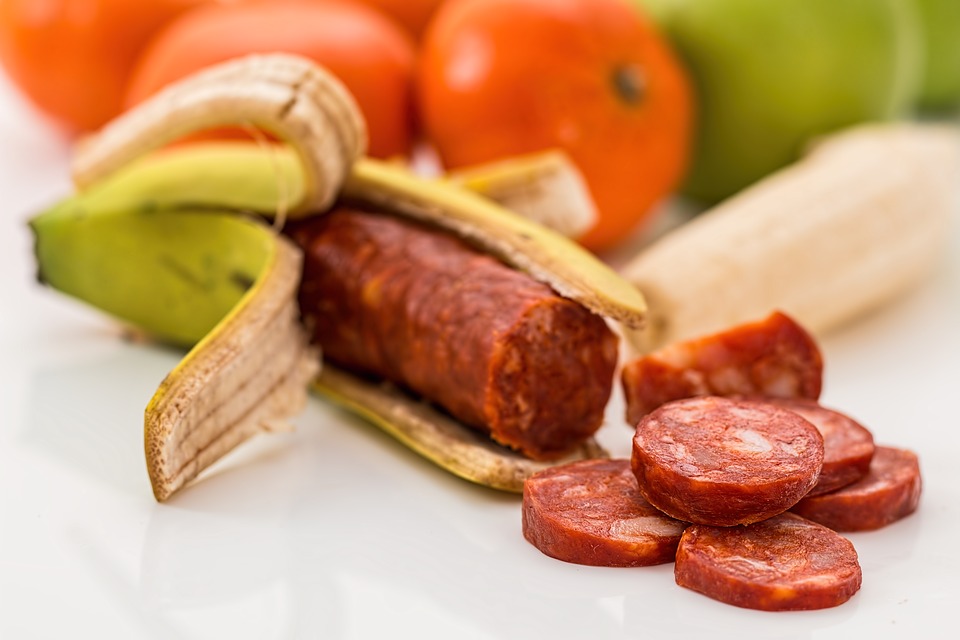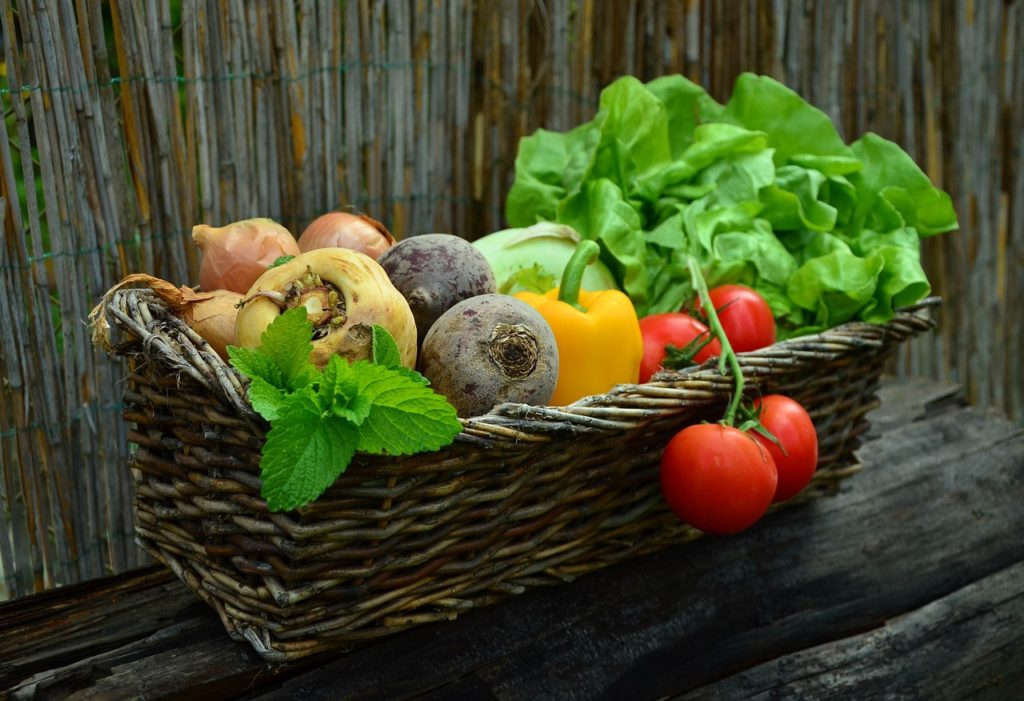Caption
CreditRadiological Society of North Aurora (RSNA) and Zehra Akkaya, M.D.
A diet high in ultra-processed foods is associated with higher amounts of fat stored inside thigh muscles, regardless of the amount of calories consumed or level of physical activity, . Higher intramuscular fat in the thigh could also increase the risk for knee osteoarthritis.
The incorporation of natural and minimally processed ingredients in modern diets has declined, often being replaced by ingredients that are industrially processed, artificially flavoured, coloured, or chemically altered.
Foods such as breakfast cereals, margarine, spreads, packaged snacks, hot dogs, soft drinks, energy drinks, candies, desserts, frozen pizzas, ready-to-eat meals, and mass-produced packaged bread and buns are highly processed and contain synthesized ingredients.
These ultra-processed foods usually have longer shelf lives and are highly appealing. They are convenient and contain a combination of sugar, fat, salt, and carbohydrates that affect the brain’s reward system, making it hard to stop eating.
For the study, researchers assessed the association between ultra-processed food intake and intramuscular fat in the thigh.
“The novelty of this study is that it investigates the impact of diet quality, specifically the role of ultra-processed foods concerning intramuscular fat in the thigh muscles assessed by MRI,” said author Zehra Akkaya, M.D., researcher and former Fulbright Scholar in the Department of Radiology and Biomedical Imaging at the University of California, San Francisco. “This is the first imaging study looking into the relationship between MRI-based skeletal muscle quality and diet quality.”
For the study, researchers analyzed data from 666 individuals who participated in the Osteoarthritis Initiative but were not yet affected by osteoarthritis based on imaging. The Osteoarthritis Initiative is a nationwide research study sponsored by the National Institutes of Health that helps researchers better understand how to prevent and treat knee osteoarthritis.
“Research from our group and others has previously shown that quantitative and functional decline in thigh muscles is potentially associated with onset and progression of knee osteoarthritis,” Dr. Akkaya said. “On MRI images, this decline can be seen as fatty degeneration of the muscle, where streaks of fat replace muscle fibres.”
The average age of the 666 individuals (455 men, 211 women) was 60. On average, participants were overweight, with a body mass index (BMI) of 27. Approximately 40% of the foods they ate in the past year were ultra-processed.
The researchers found that the more ultra-processed foods people consumed, the more intramuscular fat they had in their thigh muscles, regardless of energy (caloric) intake.
“In an adult population at risk for but without knee or hip osteoarthritis, consuming ultra-processed foods is linked to increased fat within the thigh muscles,” Dr Akkaya said. “These findings held regardless of dietary energy content, BMI, sociodemographic factors or physical activity levels.”
Dr. Akkaya noted that targeting modifiable lifestyle factors—mainly preventing obesity via a healthy, balanced diet and adequate exercise—has been the mainstay of initial management for knee osteoarthritis.
“Osteoarthritis is an increasingly prevalent and costly global health issue. It is the largest contributor to non-cancer related health care costs in the U.S. and around the world,” Dr. Akkaya said. “Since this condition is highly linked to obesity and unhealthy lifestyle choices, there are potential avenues for lifestyle modification and disease management.”


